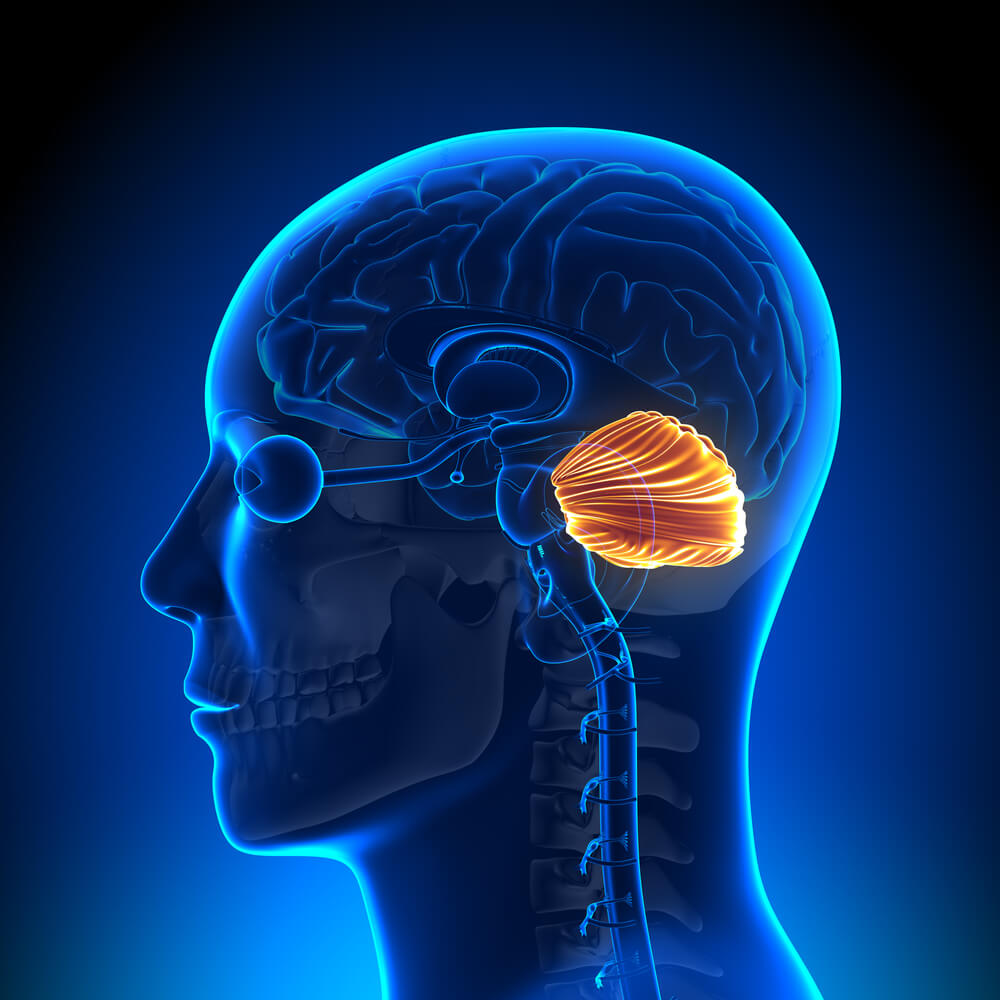A group of scientists led by Dr. Idan Menashe from the Department of Public Health at Ben-Gurion University, who examined the expression characteristics of genes related to autism in the brain of a mouse, discovered that these genes tend to be expressed mainly in the cerebellum.

A group of scientists led by Dr. Idan Menashe from the Department of Public Health at Ben-Gurion University, who examined the expression characteristics of genes related to autism in the brain of a mouse, discovered that these genes tend to be expressed mainly in the cerebellum. The cerebellum, the 'cerebellum', also called the cerebellum, is an area of the brain that is involved, among other things, in planning, regulating and learning motor movements, but also in cognitive skills and emotional expressions.
The research group, which was composed of scientists of brain sciences, computer sciences and geneticists from Israel and the USA, examined the expression of over 3000 genes in different regions of the mouse brain with a resolution of up to 200 microns. The data for the study was obtained from the databases Allen Mouse Brain Atlas, and AutDB. Using this data, the group found that 26 genes with a strong connection to autism tend to be expressed together (co-expression) in different areas of the brain, which apparently indicates a functional relationship between these genes.
Later, the researchers asked "in which areas of the brain do these genes tend to be expressed"? With the help of statistical algorithms, the group found that genes related to autism tend to be expressed at a higher intensity than the other genes in the genome, in the cortex of the cerebellum, and especially in the area inhabited by nerve cells (neurons) called granular cells. This result supports results from other studies that point to the cerebellum as a brain region involved in the etiology of autism.
Despite the obvious biological differences between mouse and human, mouse models have proven to be effective in experiments to test the roles of genes, neural networks, and other biological systems related to autism. The findings of this study, which indicate a connection between autism and the cerebellum, open the door to further genetic and neurological studies, in humans and mice, to test this connection, and the specific role of these genes and neurons in the pathology of autism.

4 תגובות
Host of the Universe:
I don't think you will be able to measure gene expression in the brain using a Chinese caliper
A resolution of 200 microns? This must be a writer's mistake. I can measure 200 microns with a simple Chinese caliper….
The cerebellum is responsible for too many functions. It is meaningless